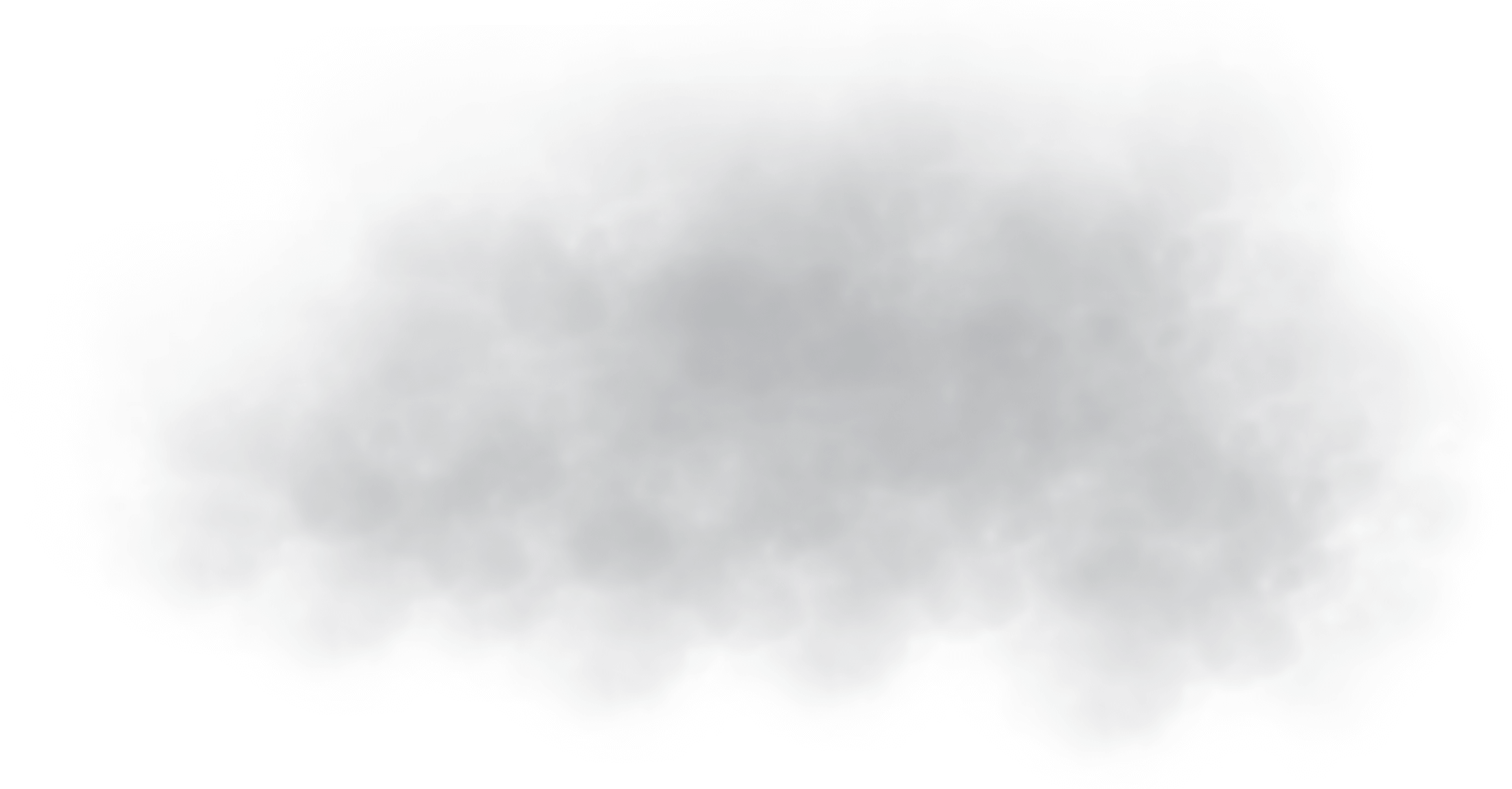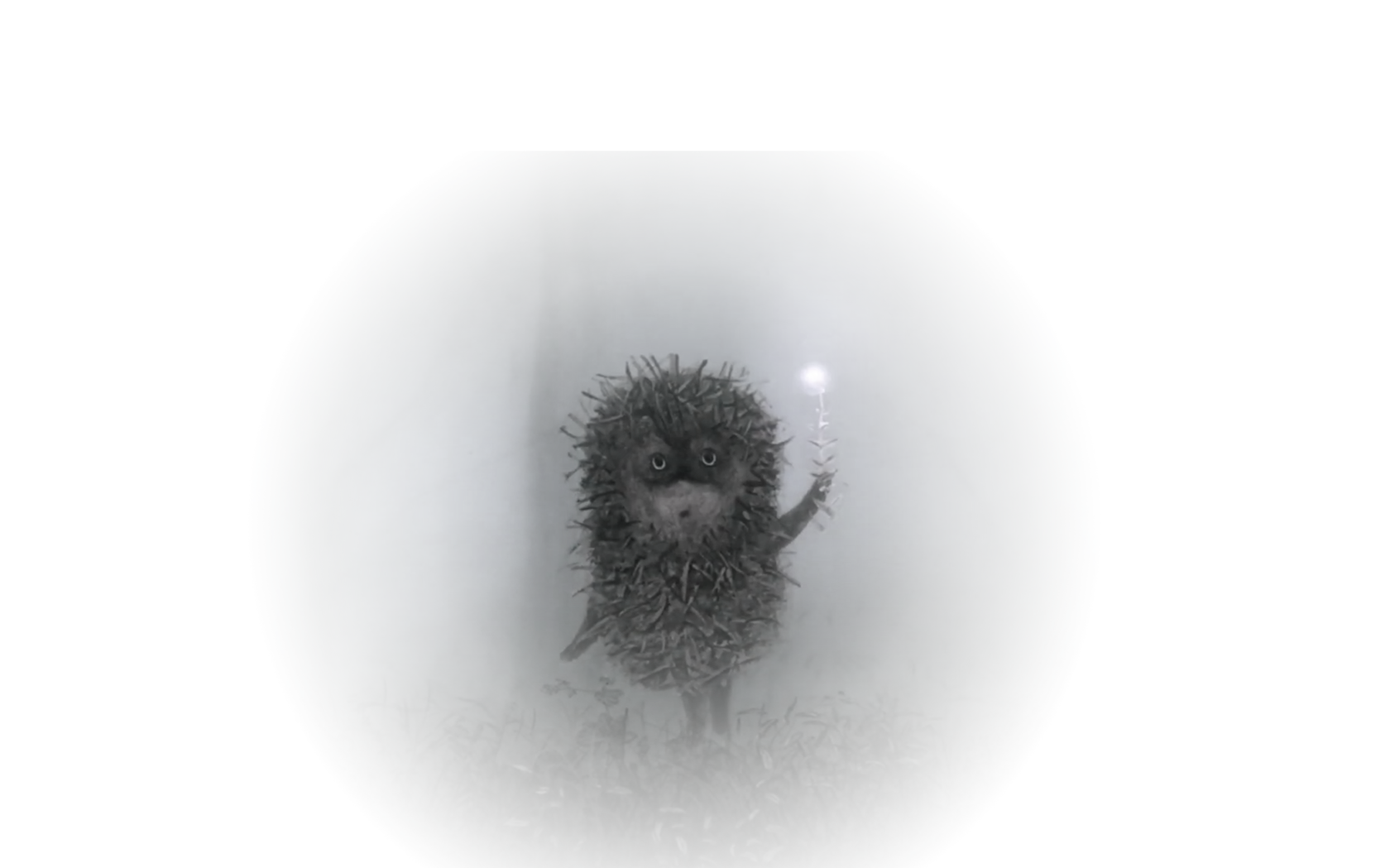







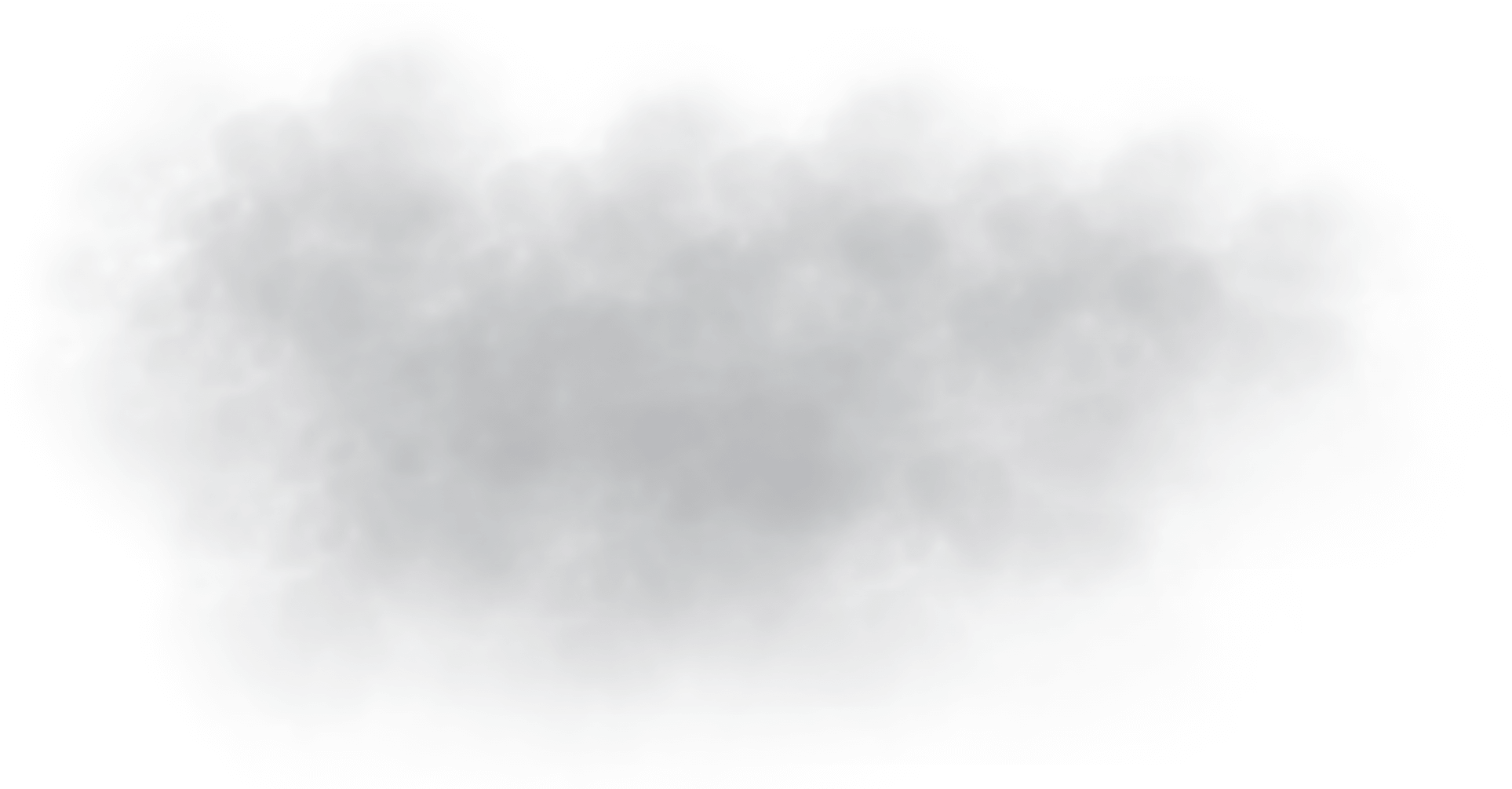

140
Why is the story detective?
"Laputa Animation Festival"
Tokyo, 2003.
Tokyo, 2003.
CARTOONISTS AND CRITICS FROM AROUND THE WORLD VOTED "THE HEDGEHOG IN THE FOG" THE BEST CARTOON OF ALL TIME
In short, it is still unknown for certain what really happened to the hedgehog in the fog, whether mysticism and otherworldly forces are involved here, and why in the finale of the cartoon the hedgehog is in a state of shock?

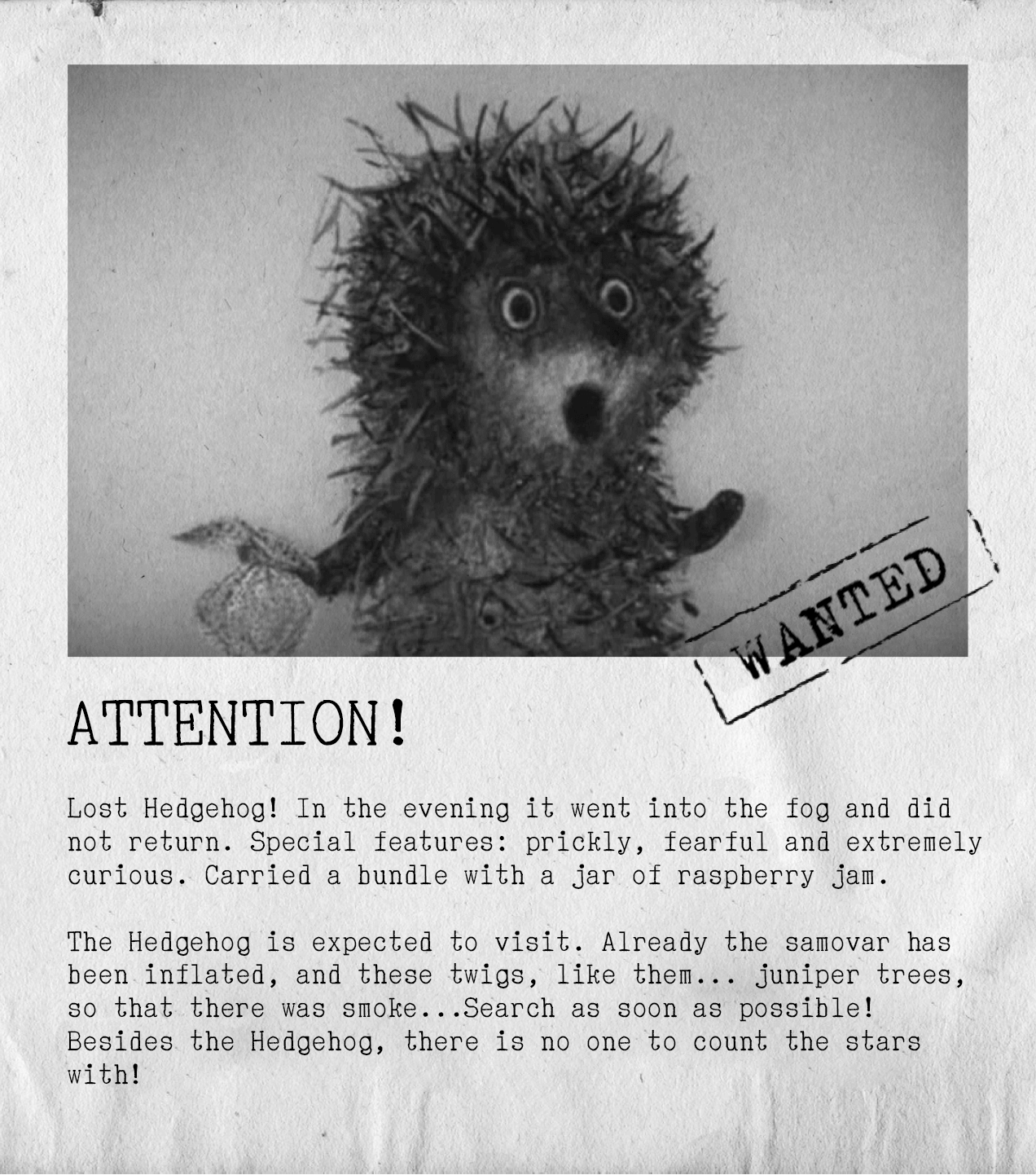
The peculiarity of Norshtein’s picture is that the meaning of the plot is ambiguous and can be interpreted from different points of view. Discussions and debates about this are still going on today.
Why is
the story detective?
the story detective?

1975
Cartoon Creators
From the chronicle of 1974-
The children’s writer Sergey Kozlov suggested the film director Yury Norstein to put a cartoon on one of his stories. Of several dozen fairy tales, the film director was immediately hooked by "The Hedgehog in the Fog" - he liked the unusual atmosphere of the work, the language of the characters and the spectacular image of the fog.
During the work on the script, the plot was almost completely rewritten. The director rethought the work, which in his vision ceased to be just a children’s fairy tale and acquired a deep philosophical subtext.
Sergey Kozlov
Yury Norstein
Francesca Yarbusova
The author of the fairy tale
The film director
The cartoonist,
the film director's wife
the film director's wife
The cartoon was made at the Soyuzmultfilm studio in 1975. No one believed in its success, and it was hard to get it into distribution. But when it was released on the small screen of "Rossiya" cinema, it gathered full auditoriums for more than a year, while winning all-Union and international awards at the same time.





Cartoon Creators

The characters were voiced by actors
MARIA VINOGRADOVA
VYACHESLAV NEVINNIY
ALEXEY BATALOV
Her gentle, slightly naive voice speaks to many characters of Russian cartoons. For example, her voice belongs to Uncle Fyodor from "Prostokvashino".
Before starting work on the finale of the picture, where the out-of-breath Bear finally finds the Hedgehog, the actor ran several kilometers around the studio so his voice sounded exactly as it should.
He got on the voiceover thanks to his ingratiating, thick, low voice of a storyteller. The director believed that the actor’s timbre had a soothing, "therapeutic" energy.
THE HEDGEHOG
THE LITTLE BEAR
the VOICE-OVER NARRATION







The characters were voiced by actors
MARIA VINOGRADOVA
VYACHESLAV NEVINNIY
ALEXEY BATALOV
Her gentle, slightly naive voice speaks to many characters of Russian cartoons. For example, her voice belongs to Uncle Fyodor from "Prostokvashino".
Before starting work on the finale of the picture, where the out-of-breath Bear finally finds the Hedgehog, the actor ran several kilometers around the studio so his voice sounded exactly as it should.
He got on the voiceover thanks to his ingratiating, thick, low voice of a storyteller. The director believed that the actor’s timbre had a soothing, "therapeutic" energy.
THE HEDGEHOG
THE LITTLE BEAR
the VOICE-OVER NARRATION






The characters were voiced
by actors
by actors
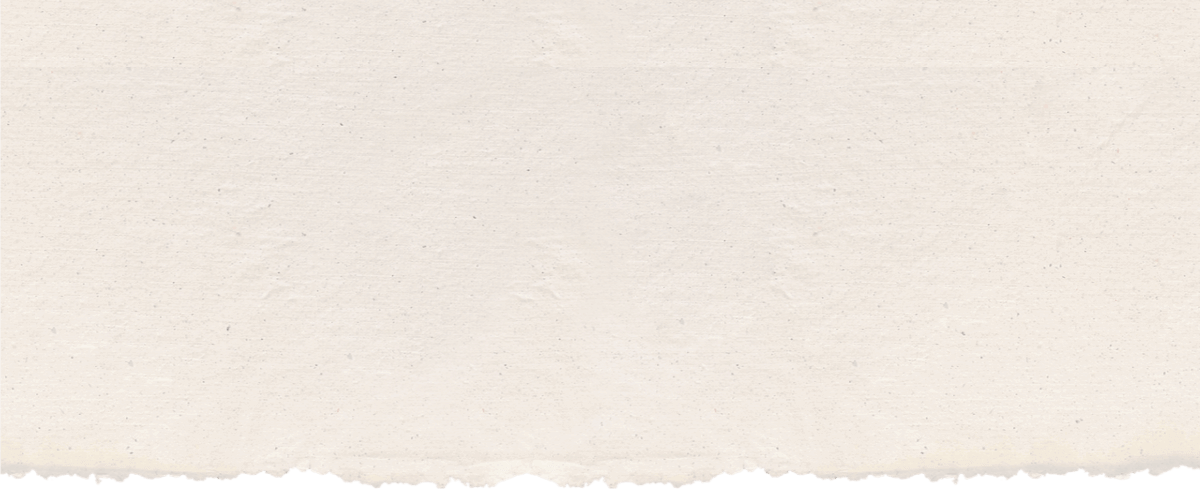
When on commission where Yury Norstein defended the idea for the future work, he was asked why he chose to stage such a boring story,
the director
quoted:
The plot of the 10-minute cartoon "the Hedgehog in the Fog" at first glance is simple enough and not dynamic.
The plot of the 10-minute cartoon "the Hedgehog in the Fog" at first glance is simple enough and not dynamic.

IT SEEMS TO BE COMPLETELY DARK HERE. TO FIND OUT WHO THE DIRECTOR QUOTED, YOU’wiLL HAVE TO SHINE A FLASHLIGHT…

Hover your cursor over the darkness and read the text
Касайся темного экрана
и читай текст
и читай текст
"Having walked halfway through my earthly life, I found myself in a dusky forest"
Dante Alighieri,
"The Divine Comedy"
"The Divine Comedy"
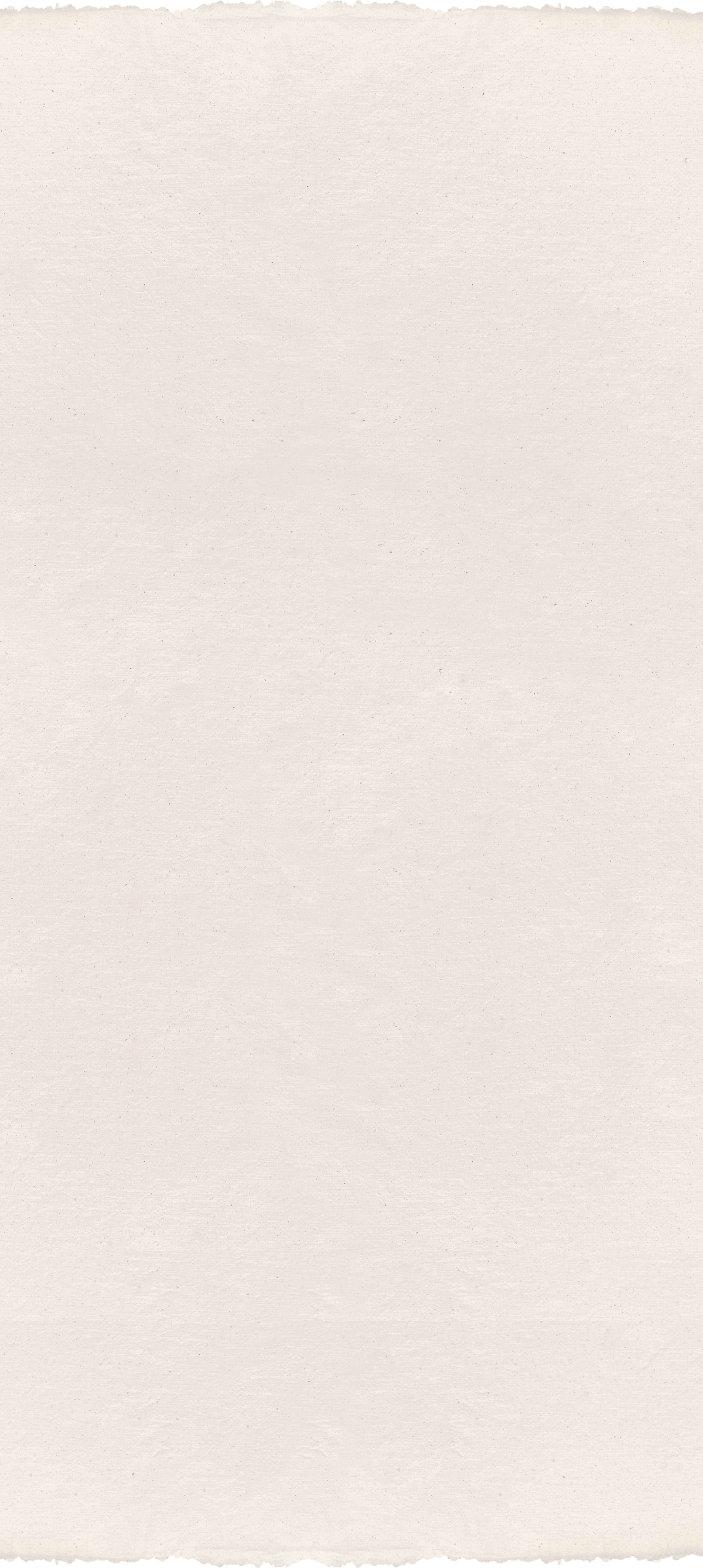

What is known about the missing Hedgehog
There is a legend that the Hedgehog was copied from the profile of the writer Lyudmila Petrushevskaya. If you look at the profile of Petrushevskaya, then the upturned nose and tousled hair really resemble a hedgehog.
The figurine of the Hedgehog was about 15 cm high. The hedgehog was made of several layers of celluloid and covered with oil and acrylic paints. This made it look three-dimensional and textured. The small details — eyes, paws, knot were attached separately, and the needles were painted in whitewash and watercolor.
But Yury Norstein himself repeatedly debunked this rumor. According to him, the Hedgehog was drawn very hard, there were more than a hundred sketches, and the right image emerged unexpectedly, after screams and heartfelt drops, when the artist Francesca Yarbusova, the film director's wife, suddenly got the right version quite by accident.
A European hedgehog or a Central Russian hedgehog Lat. Erinaceus europaeus
a Common hedgehog
Species:
Eurasian hedgehogs
Hedgehogs
Genus:
Family:
Possible prototype
How the hero was created
Scientific classification:
By the way, the widespread belief that hedgehogs prick food on their needles is wrong!
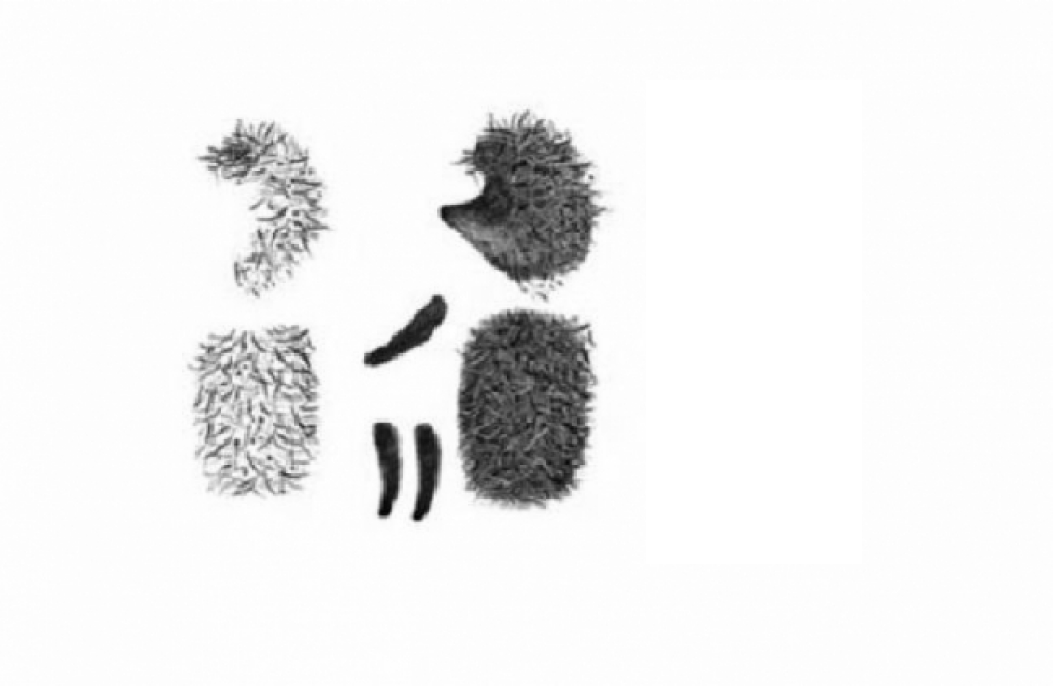

Details and assembled character Hedgehog, 1975, F. Yarbusova

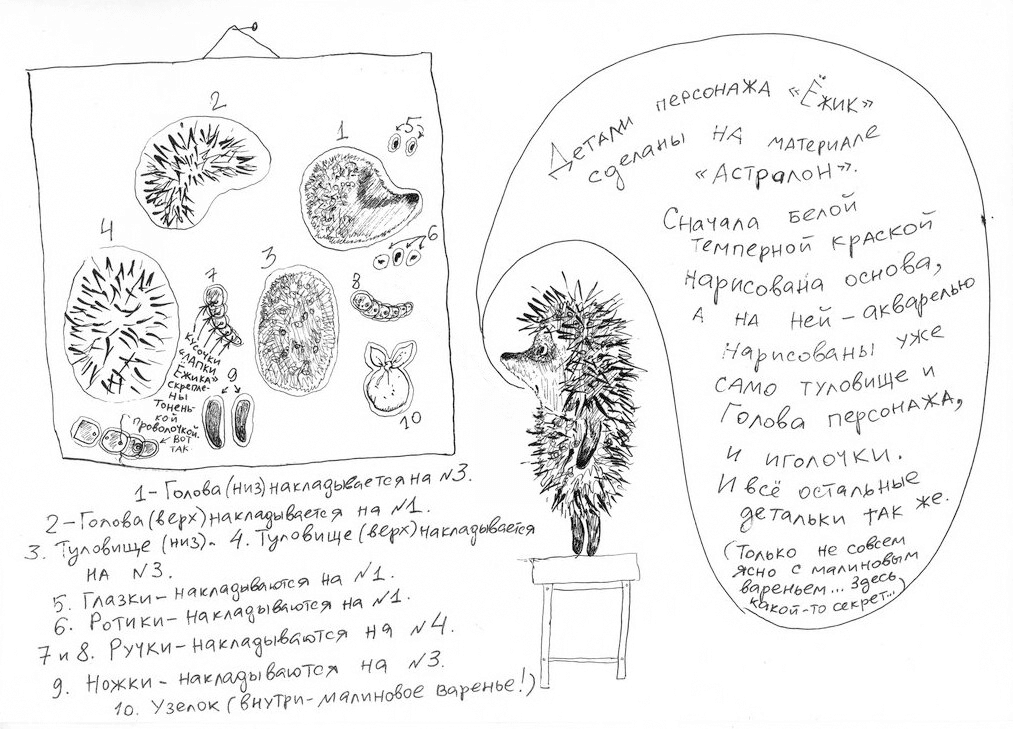
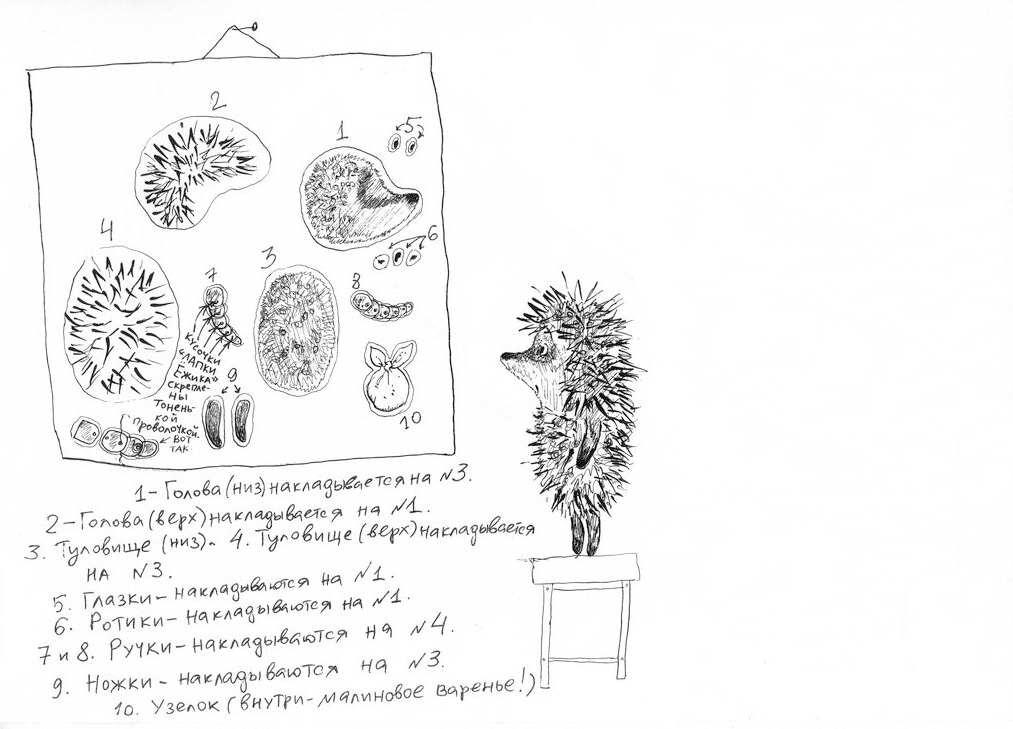


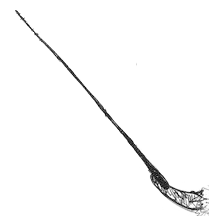
What is known about the Hedgehog
HOW FOGGY AND ALMOST NOTHING CAN BE SEEN! WE'wiLL HAVE TO DISPERSE THE FOG TO FIND OUT THE SECRET OF ITS CREATION IN THE CARTOON...

Grab the interfering fog clouds with your cursor and move them







The fog was plausibly portrayed with the help of tracing paper

" Once I gave a lecture in America in front of a hundred cartoonists, artists, computer graphics specialists. I was asked questions and inevitably got to the fog. I put the Hedgehog figurine on a white background, and on it, the thinnest tracing paper. It's almost transparent, and when it's lying right on the picture, you can't see it. When you lift it up, the figure is less visible. The projection was on the screen. As soon as the Hedgehog blurred in front of these people, they were shocked. I lowered and raised the tracing paper several times for an encore..."
Yury Norstein
The fog was plausibly portrayed with the help of tracing paper
In fact, it was the first special effect in Russian animation!
Yury Norstein together with the cameraman, A. Zhukovsky, created the author’s filming machine with a system of tiered glasses and a movable camera. To make the Hedgehog go in and out of the fog, the panes were moved in and out of the camera.


Click on the transparent "tracing paper" and see this effect in action

The ideas created by Norstein are a technical breakthrough
Elements of the real and cartoon worlds were combined in the frame. For example, the water in the frame is real, but shaded by the artist. Painted leaves are floating on it.
The cartoon was made using "flat marionette" technology (shadow theater puppet action). The author’s machine, allowed not only to shoot tiers of animation, but also to fill the frame with rich texture. To create a unique frame, thousands of small parts laid out on racks were moved in stages.
It took more than two months to create six minutes of music for the film. The music was created separately for each scene on the basis of Norstein’s storyboard. According to the film director’s idea, the music changes along with the character’s mood and his feelings: horror, curiosity, fear.
To shoot the tree, it was divided into several parts. From a certain position, the camera shot glass tiers on which the trunk and branches were drawn. In order to get the effect of a rotating tree, it was necessary to rotate the glass with the branches, while the flat trunk remained stationary. It was important not to touch the glasses, because the best filter is the natural layer of dust.
Dusted glass
COMBINATION PHOTOGRAPHY
Pencils, paints, paper, film
The music matches the mood of the character




Norstein's sketches for music





The ideas created by Norstein are a technical breakthrough
The ideas by Norstein became innovative
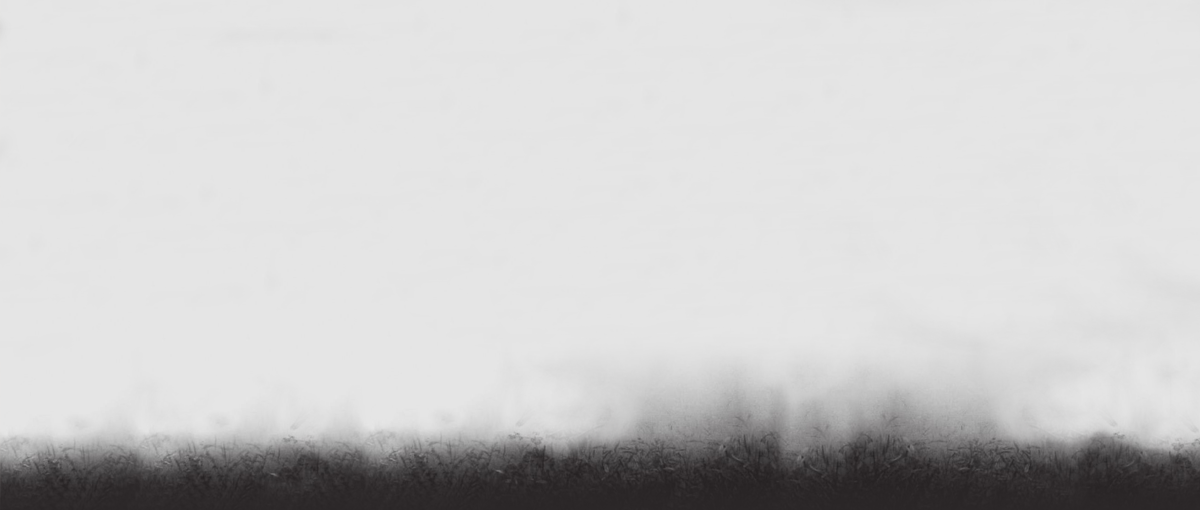
"The Owl is the same as the Hedgehog, only in reverse. it is just as simple-minded, only bad" (Yury Norshtein)
By the way, Owl’s testimony was recorded, but cannot yet be deciphered because no owl language experts have been found to date.
In short, beware of meeting a white horse in the fog - it does not bode well...



How the other characters were filmed
It is with the appearance of the white horse that the Hedgehog, interrupts its everyday thoughts and begins its journey in the fog, immersed in it.
The Horse is a character of unearthly beauty. It made a lasting impression on the Hedgehog.
Evil tongues say that this event is an ominous sign. The horse is a certain religious symbol. In West Slavic mythology, a white horse is the child of Belobog, a luminous deity. And, a horse, especially a white and luminous one, was perceived as a guide to the other world.
The Horse


The gastropod mollusk. Apathetic and speechless. Therefore, it is impossible to establish whether it noticed anything suspicious in the fog.
It is an incredibly friendly character. In the fog it feels calm and confident, it is well oriented by smells, which allowed it to find the lost knot and return it to Hedgehog.
For each scene, various movements of the real sheet were shot frame-by-frame. It was held on a wire and moved in accordance with the usual movement of the leaf: the leaf breaks off from the branch, spins in the air, falls to the ground. Then the images of the sheet formed by the addition of positive and negative were printed on the photographic film.
There is a theory that the Owl is very reminiscent of the owl that Hieronymus Bosch often portrayed in his paintings. Art historians believe that Bosch's owl symbolizes sinfulness, stupidity and spiritual blindness...
The snail is like a snail. However, in rare cases, in especially impressionable natures (such as our Hedgehog) it causes an attack of fear, because in the imagination it acquires the features of a huge elephant.
The dog emerges from the fog at the scariest moment and good-naturedly yawns with its mouth full. This relieves the tension of the previous scenes and dispels the little creature's fear.
The Snail
The Dog
The owl
How the sheet was filmed


The Owl's behavior seems strange. In the cartoon it follows the Hedgehog like a shadow, repeats its actions, imitates its. Maybe this is the effect of the fog? It is established that the Hedgehog called its "Psycho".



But what happened to the hedgehog? We need to try to find out from the witnesses — those who also wandered in the fog that autumn evening. And we will find out too…


Somebody (presumably a talking fish) helped the hedgehog out of the river. the hedgehog could not identify who the mysterious rescuer was
The Fish (?)

The fish was "molded" from pieces of translucent film connected by joints. The river in the frame is real, and the filmmakers made a lot of effort to motion celluloid fish coincided with the fluctuations of the water.
How the fish was filmed
We know that at some point the hedgehog fell into the river and floated downstream. However, it is impossible to establish how long it lasted.


Interesting facts about the cartoon

Interesting facts

The film director says he did it on purpose so as not to break the plasticity of the still frame, but did not avoid accusations of unprofessionalism.
In it, actor Donatas Banionis, stubbly as a hedgehog, just like the cartoon character, walks through the fog, sees a horse in it, leaves his bag on a stump and ends up in the river.
The Eastern principle of painting differs in that it reveals a lot of empty space-unpainted and unfilled fragments-while Western paintings are completely covered in paint and detail. Thus, the contemplator is invited to think of emptiness.
the FINAL FRAME
the MONUMENT AND COLLECTIBLE COINS
"SOLARIS" BY ANDREI TARKOVSKY
ORIENTAL ENGRAVINGS
At the end of the cartoon one of the main principles of cinematography is violated: in the scene where the Hedgehog and his friend Bear sit with their backs to the viewer, they change places compared to the previous scene.
The monument to the Hedgehog in the Fog was erected in Kiev in 2009. The figure of the Hedgehog is made of wood with screws as prickles. He’s sitting on the stump with a knot in his hands and stares into the distance.
A great source of inspiration for Yuri Norstein was the work of film director Andrei Tarkovsky. The cartoon repeats the first few minutes of "Solaris," which was released in 1972 three years before "The Hedgehog in the Fog.
In 2012, the right to use images of the Hedgehog and other cartoon characters was acquired by a Russian bank... Subsequently, collectible coins with fairy tale characters made of 925 sterling silver were issued.
When creating "The Hedgehog in the Fog," Y. Norstein and F. Yarbusova often threw over oriental prints of the masters of past centuries










The рaintings by Chinese artist Zhu Da




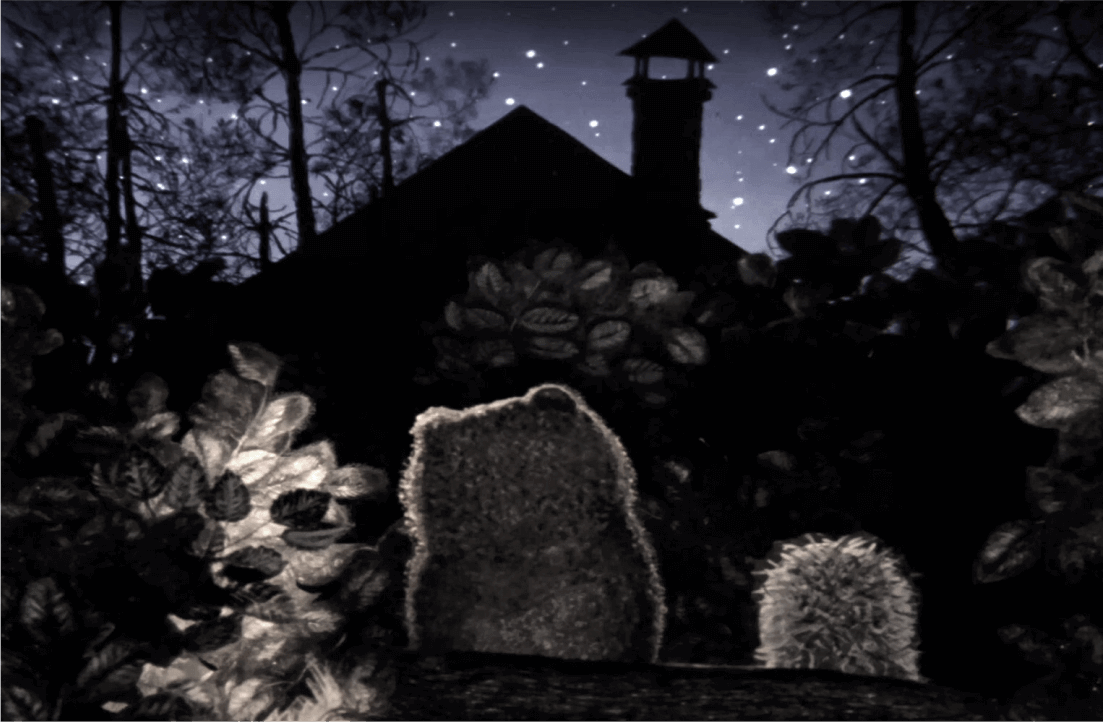

The film director says he did it on purpose so as not to break the plasticity of the still frame, but did not avoid accusations of unprofessionalism.
In it, actor Donatas Banionis, stubbly as a hedgehog, just like the cartoon character, walks through the fog, sees a horse in it, leaves his bag on a stump and ends up in the river.
The Eastern principle of painting differs in that it reveals a lot of empty space-unpainted and unfilled fragments-while Western paintings are completely covered in paint and detail. Thus, the contemplator is invited to think of emptiness.
THE FINAL FRAME
THE MONUMENT AND COLLECTIBLE COINS
"SOLARIS" BY ANDREI TARKOVSKY
ORIENTAL ENGRAVINGS
At the end of the cartoon one of the main principles of cinematography is violated: in the scene where the Hedgehog and his friend Bear sit with their backs to the viewer, they change places compared to the previous scene.
The monument to the Hedgehog in the Fog was erected in Kiev in 2009. The figure of the Hedgehog is made of wood with screws as prickles. He’s sitting on the stump with a knot in his hands and stares into the distance.
A great source of inspiration for Yuri Norstein was the work of film director Andrei Tarkovsky. The cartoon repeats the first few minutes of "Solaris," which was released in 1972 three years before "The Hedgehog in the Fog.
In 2012, the right to use images of the Hedgehog and other cartoon characters was acquired by a Russian bank… Subsequently, collectible coins with fairy tale characters made of 925 sterling silver were issued.
When creating "The Hedgehog in the Fog," Y. Norstein and F. Yarbusova often threw over oriental prints of the masters of past centuries








The рaintings by Chinese artist Zhu Da






«Солярис» Андрея Тарковского


The hedgehog came out of the fog…
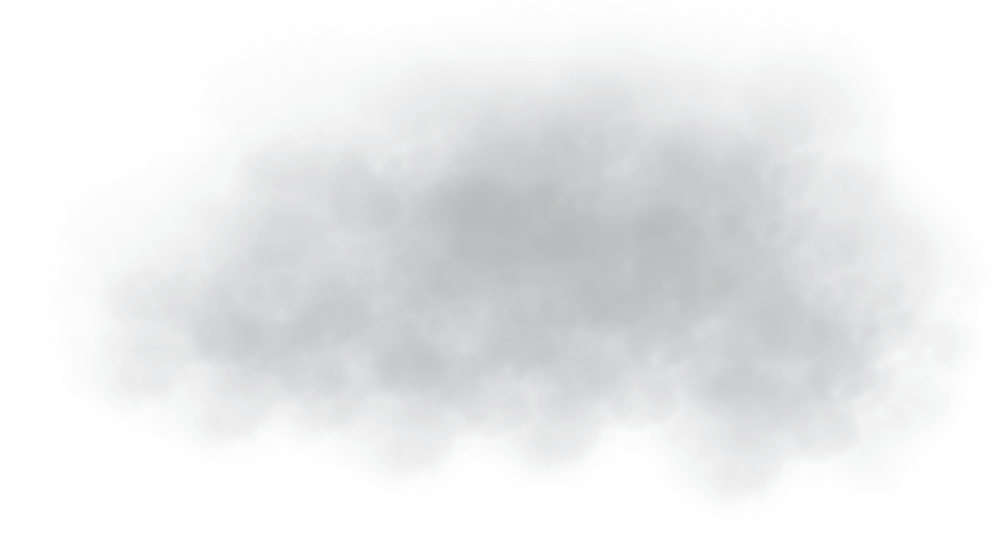


Version one. Mysticism and Tragedy
Version three. For Children
Version two. Philosophical
Version Four. Religious
The mist in which the Hedgehog is trapped is a mysterious otherworld full of fantastic creatures. The owl and bats are symbols of evil forces, and the white horse represents death. The river that carried the Hedgehog is none other than the Styx, the river of the underworld of the dead in Greek mythology…
The Hedgehog was on its way to visit its friend, but it got lost in the fog and had to overcome its own fears. The trees seemed to it evil giants, and the fog and darkness gave rise to creepy monsters. Along the way, it met mysterious characters who helped it without asking for anything in return. This is a story of true friendship, help and support in times of need.
The Hedgehog wandered in the fog of his own consciousness and pondered the meaning of life and the mysteries of existence. After wandering through a series of absurdities and contradictions, the Hedgehog encountered goodness. The mysterious tree symbolizes knowledge. One only has to go through it, and much will become clear…
The firefly flying over the twig in the Hedgehog’s hands is reminiscent of a church candle. And one gets the impression that the character made its own procession, striving for light out of darkness. As the Hedgehog swam down the river, it gave itself up to the current and expected the river to carry it somewhere…

Or maybe the clue is hidden in this bundle? We’will never know if it was raspberry jam, will we?
existing versions of what happened to the hedgehog in the fog








Recognition and awards
There is probably no other animated film in the world that has won so many prestigious international awards



Hayao Miyazaki
Family Guy
Smeshariki
The master of Japanese animation always mentioned "The Hedgehog in the Fog" as one of his favorite cartoons. And in general, Norstein’s work, for some reason, was particularly beloved by Japanese audiences. Many critics agree that both "The Hedgehog" and Miyazaki’s works are close in spirit.
In October 2009, a parody of this cartoon was used in the episode "Spies Reminiscent of Us" of the American cartoon series Family Guy (1999).
In the series "Smeshariki" (2004−2012), one of the episodes is a parody of "The Hedgehog in the Fog". It is called "The Hedgehog in the Fog" and tells about the adventures of Hedgehog, who gets lost in the fog during the filming of a sci-fi movie.




Looking for the Hedgehog in the fog is very difficult, like a needle in a haystack.
Julia Borovkova
took part in the investigation and search
All materials are taken from open sources and belong to their owners.
NON-PROFIT PROJECT. THE SITE WAS CREATED AS PART OF the TRAINING COURSE ON CREATIVE LAYOUT MELNIK-VASILIEV

Case №_
Cartoon Creators
Do you want to contact the author of the project?
What is known about the missing Hedgehog
The ideas created by Norstein are a technical breakthrough
How other characters were filmed
Interesting facts about the cartoon
The Hedgehog came out of the fog...
Recognition and awards
about the hedgehog in the fog
1974-1975
Information about guardians
operational search tools
witness statements
Evidence and exhibits
versions of the investigation
Awarding
identifying mark
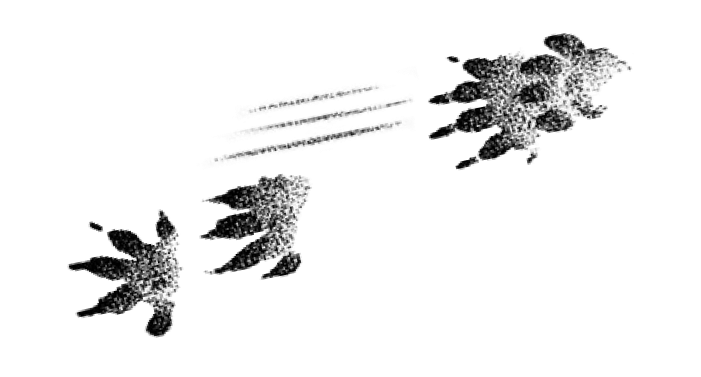
The ideas by Norstein became innovative


